The German cellist on her biggest influences and the importance of humility
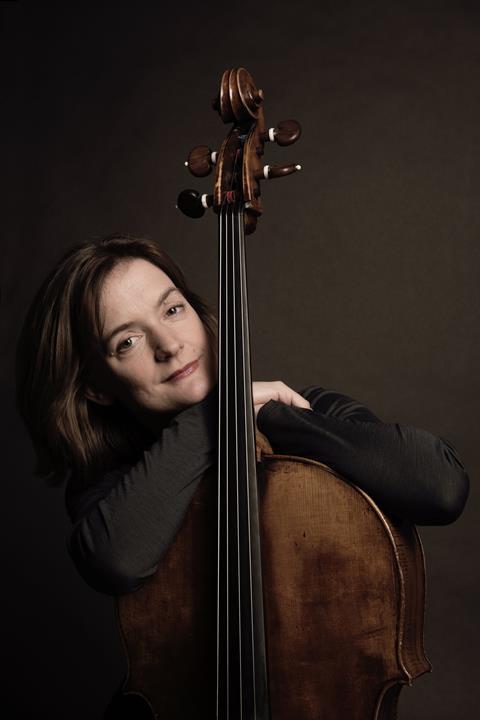
Discover more Featured Stories like this in The Strad Playing Hub.
Read more premium content for subscribers here
I was 16 when I first met Heinrich Schiff. I recall playing Bach’s Second Suite for him and he immediately started showing me how an open string could sound. The open, ringing tone was the way he approached every note, and it opened up a completely new horizon for me. You don’t need to add the big vibrato or dynamics at first – just listen to how beautiful the pure sound of the cello can be.
While I was studying with Heinrich, it always fascinated me how he never became bored of going back to basics. Even in my last few years with him, we would still always check open strings, the bow hand and vibrato in lessons. It reminded me of what good technique really is.
His approach to music was also very humble and he made it clear that we shouldn’t put ourselves in the foreground but instead be a means of transport for the ideas and feelings of the composer.
Although my siblings and I became professional musicians, my parents weren’t musicians themselves. And I think this really helped, because while they adored music, they didn’t necessarily understand all the technical aspects. So they were always in awe of what we could do. It’s really important to have people around you who, when you think you haven’t played very well, will still say, ‘Wow, that was so good!’
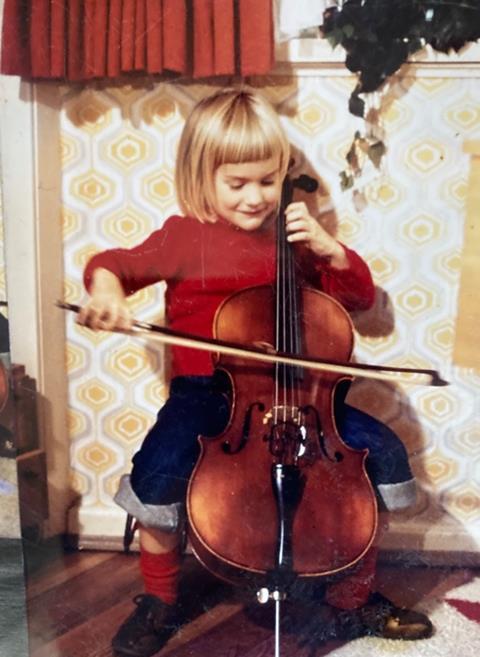
My decision to enter the Deutsche Kammerphilharmonie Bremen as principal cellist was seen by some around me as the ‘wrong’ decision because it meant I wasn’t going into the soloist direction. But I am incredibly grateful that I took this path. I met wonderful soloists, conductors and concert presenters, and was subsequently reinvited to places because of this network. I think this is a very healthy way of growing into the industry. Nowadays with social media, it can be very difficult to find your individual direction. I see my students always comparing themselves to others, and I tell them to stop, look at the score, and listen to their own voice and thoughts about the music.
I think we could all do with being a little less vain! You shouldn’t play an instrument just to become a star; you should play because it comes from an inner desire to express yourself through music. It shouldn’t matter whether you’re playing at Carnegie Hall or in a small room for 25 people.
Something else that worries me in the industry today is seeing the same handful of people playing the same repertoire over and over again. Concert presenters are so afraid of taking risks, and this is quite detrimental to the survival of classical music itself. It’s such a shame, because there are so many fantastic musicians that, as a result, don’t get a chance to perform. And it’s not because they aren’t as good as the ‘stars’, but that they simply may not have been as lucky when it came to meeting the right people at the right time.
INTERVIEW BY RITA FERNANDES
Read: Sentimental Work: Tanja Tetzlaff on Lutosławski’s Cello Concerto
Read: ‘Make mistakes to find your own musical path’ - Wolfgang Emanuel Schmidt’s life lessons
Discover more Featured Stories like this in The Strad Playing Hub.
Read more premium content for subscribers here
The number one source for playing and teaching books, guides, CDs, calendars and back issues of the magazine.
In The Best of Technique you’ll discover the top playing tips of the world’s leading string players and teachers. It’s packed full of exercises for students, plus examples from the standard repertoire to show you how to integrate the technique into your playing.
The Strad’s Masterclass series brings together the finest string players with some of the greatest string works ever written. Always one of our most popular sections, Masterclass has been an invaluable aid to aspiring soloists, chamber musicians and string teachers since the 1990s.
The Canada Council of the Arts’ Musical Instrument Bank is 40 years old in 2025. This year’s calendar celebrates some its treasures, including four instruments by Antonio Stradivari and priceless works by Montagnana, Gagliano, Pressenda and David Tecchler.


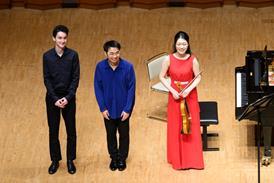
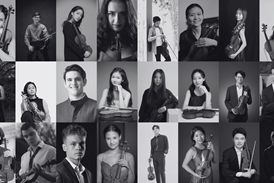
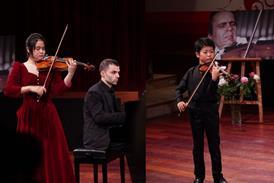
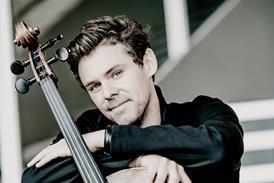
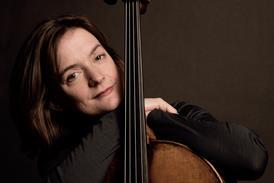



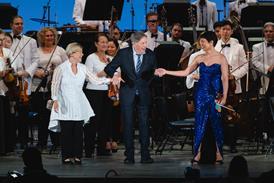

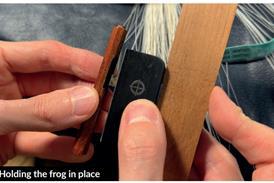

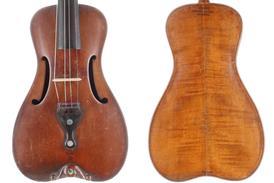






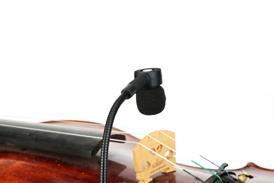


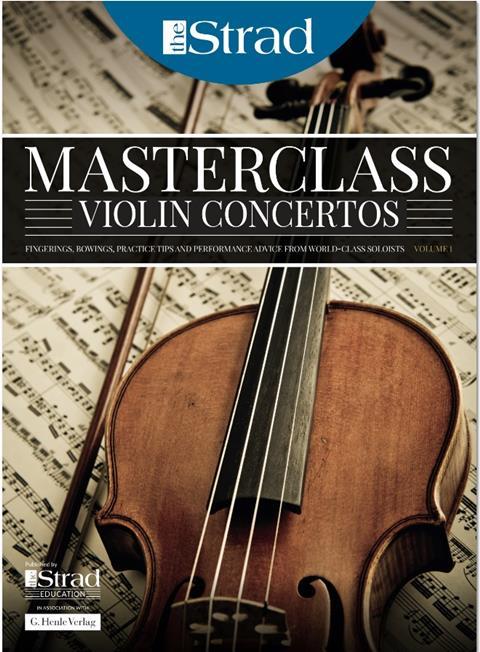
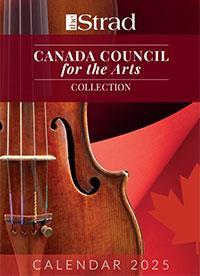












No comments yet